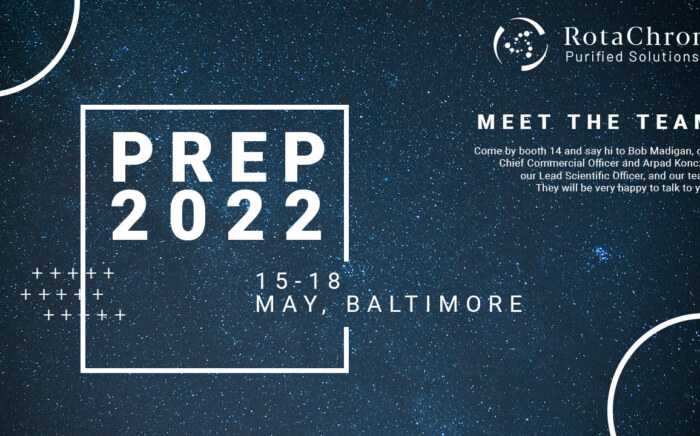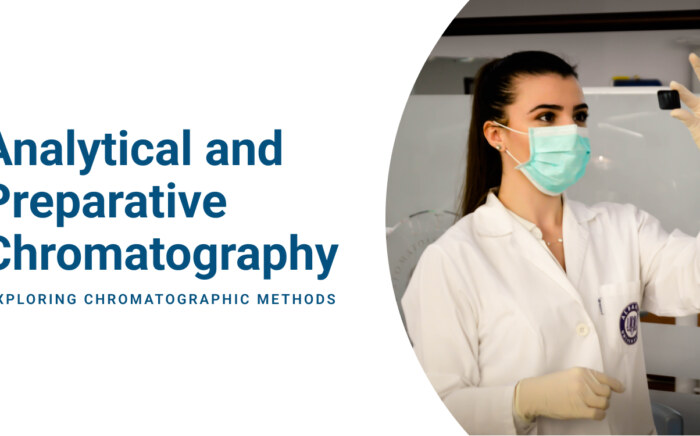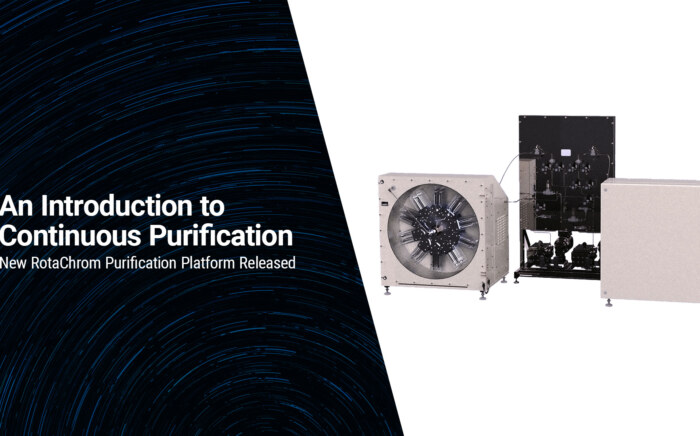Increasing separation efficiency by pH adjustment in Centrifugal Partition Chromatography
NewsIn the realm of bioprocessing, the quest for efficient and scalable purification methods remains a constant challenge. This study delves into the application of centrifugal partition chromatography (CPC) for isolating recombinant human albumin (rHA) from fermentation broth, aiming to bridge the gap between academic research and industrial-scale production.
Exploring Centrifugal Partition Chromatography
Centrifugal partition chromatography (CPC) has emerged as a promising tool for protein separation, yet its utilization in industrial settings has been limited. In this study, we evaluated 33 aqueous two-phase solvent systems (ATPS) to assess their suitability for rHA purification. Through meticulous experimentation and analysis, a water-based solvent system was selected based on partition coefficients, selectivity values, and system stability, laying the foundation for subsequent CPC experiments.
Optimizing Methodology
To maximize the efficiency of rHA isolation, parameters such as flow rate, sample concentration, and preparation mode were systematically optimized for both laboratory and pilot-scale operations. The adoption of the descending mode in CPC, utilizing the lower phase as the mobile phase, proved instrumental in achieving desired purity levels. The resulting rCPC method showcased remarkable efficacy, yielding over 95% purity, including the dimer, at an average throughput of 0.6 g/h. Notably, our optimized method accommodates crude sample solutions at a concentration of 25 mg/ml, facilitating high-purity and high-yield isolation of rHA.
Enhancing Feasibility
The feasibility of the proposed method is further bolstered by the recovery of phase-forming agents through auxiliary technologies such as crystallization, ultrafiltration, and evaporation. Particularly, the PEG-rich upper phase can be desalted using dialysis or ultrafiltration, with the resulting PEG solution concentrated through evaporation. These strategies augment the sustainability and cost-effectiveness of the purification process.
Challenges and Future Prospects
Despite the significant advancements achieved, certain limitations hinder the widespread adoption of CPC at an industrial scale. The moderate robustness of CPC methodology, attributed to the labile nature of ATPS and slow mass transfer kinetics, poses challenges for large-scale implementation. Additionally, the low input concentration imposes constraints on throughput, necessitating further exploration into methods for handling more concentrated crude samples.
Conclusion
In conclusion, the method developed in this study represents a notable stride towards pilot-scale production of high-purity rHA. By harnessing the potential of centrifugal partition chromatography and integrating auxiliary technologies, we have demonstrated the feasibility of streamlining the purification process while ensuring superior product quality. Moving forward, continued research efforts are warranted to address existing challenges and propel CPC into the forefront of industrial bioprocessing, unlocking new possibilities for efficient protein purification.



